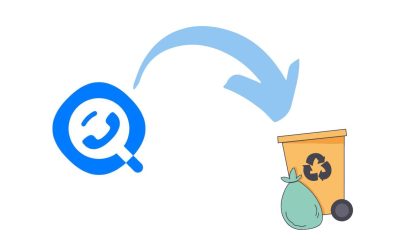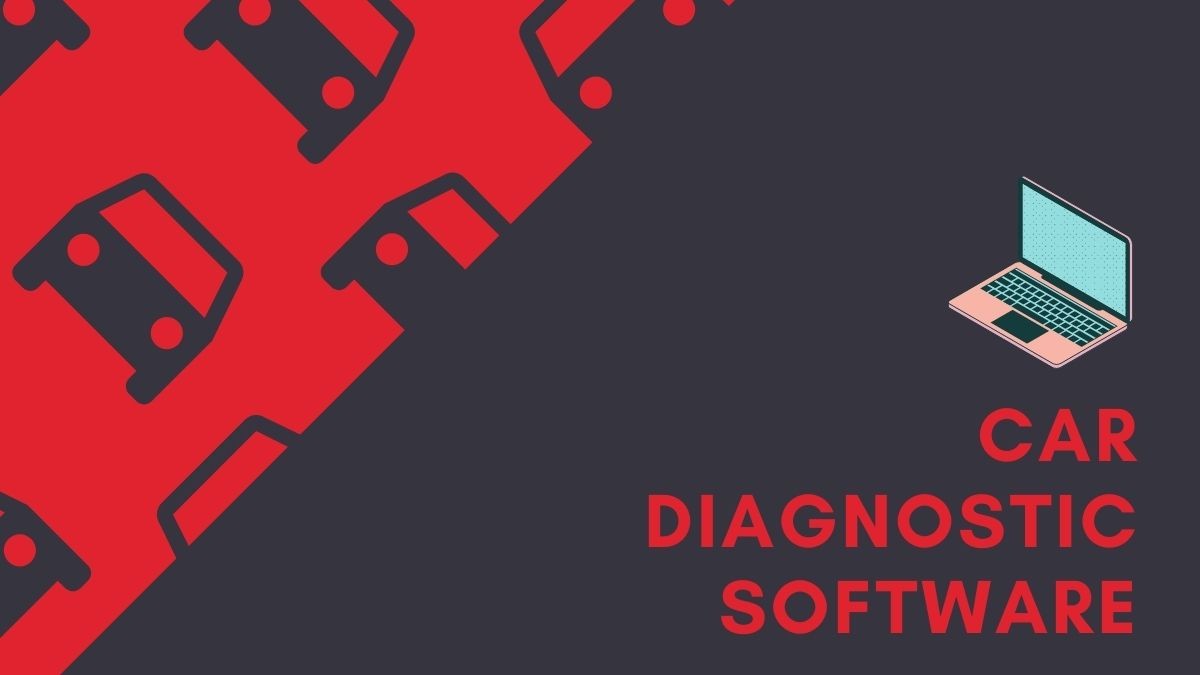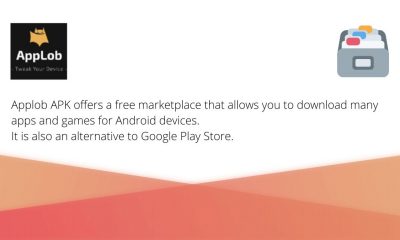App Development
All You Need to Know About Geofencing Apps
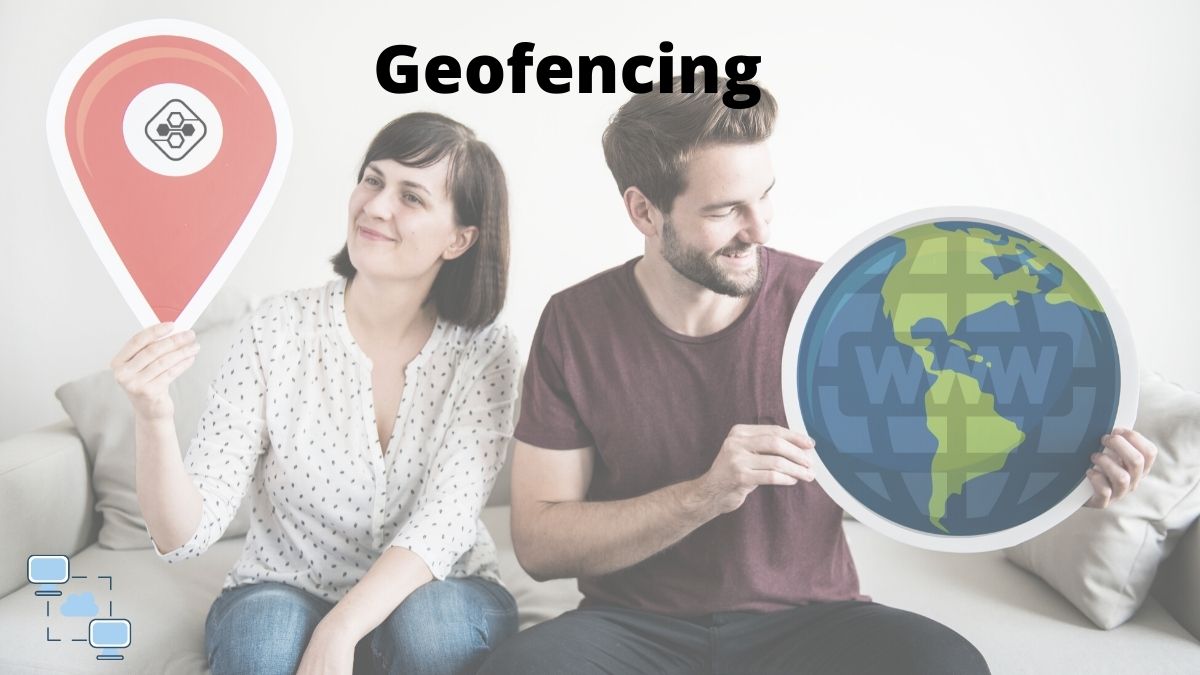
What is geofencing? The origins of this technology go back as far as the 1960s. Geofencing is in cahoots with Global Positioning System (GPS) first developed for the American NAVY. Commercially used, geofencing is tightly associated with the so-called Proximity Marketing. The latter is applied when companies generate SMS messages based on the location of potential clients to boost sales as well as to promote discounts and clearings.
What about nowadays? There’s a million and 1 use for geofencing applications. Let’s get organized and follow through on the usage and usefulness of this technology in modern-day software development and business optimization.
What is Geofencing and How Does it Work?
Geofences are geo-boundaries or virtual borders. It is, in its essence, a software product feature able to send a response when a marked mobile device leaves or enters a certain place. Different geofencing applications get connected through RFID, Wi-Fi, GPS, and cellular networks. When a tagged device moves outside the mapped area a signal is sent to indicate that movement took place.
The functionality features are made with software and require no additional hardware other than location-aware mobile devices. Such are GPS microchips that are embedded in smartphones, iPads, and sometimes laptops.
How is that useful? Well, imagine walking into a supermarket. While you are there, you receive SMS or in-app notification that a certain store offers a significant purchase discount today right around the corner. This is useful for the owner of a store (increases in sales and shop visitors) and it is also very convenient for clients who become aware of the most important clearances right in time where they might consider making a purchase.
Proximity marketing allows targeting potential clients and existing customers by ZIP code, neighborhood, and city. More importantly, geofencing apps allow targeting people by specific buildings they enter (as is in the case with a supermarket described above).
Google Earth Maps can be used to define a certain area in a geofencing app. Or the data integrated into the app can be as simple as a certain radius around a chosen point. This perimeter with coordinates is then tied to a user/group of users.

Another popular use of geofencing apps is to monitor and track the movement of pets, children, elderly users, and people with disabilities to signal when they leave a designated area. Some hazardous areas can be geofenced and anybody who enters will receive a notification to be cautious, rerouting people away from potentially harmful incidents. There are countless possibilities and geofencing apps can even make it possible to target the clients of your competitors.
Delivery services can use geofencing to send messages to smartphones operating in the radius where they deliver food or other goods.
Here’s a potential list of the industry niches that can benefit from geofencing apps and not only via SMS messages:
- Property Management
- Human Resources
- Property Security
- Real Estate
- Transportation
- Retail Commerce
- Delivery
Real-time Geofencing Visualization
It is important for users of any geofencing app to be in total control. Therefore, back-end functionality might properly appear and be arranged visually with clever UI, allowing to monitor what’s happening on the defined premises in real-time. That is the most important thing.
Once a potential customer leaves the supermarket, it is no longer of use to know he’s been here ‘cause he’s already gone, right? So, users should be able to change the radius (10 miles, 20 miles) or switch between the different perimeters (retail store X in supermarket Y, retail store Z in supermarket A, coffee shop B on block C).
Gathering Data to Define Geofencing Radius
In order to start you should pick the exact coordinates. Nevertheless, you need to establish a connection with users who enter in advance. For example, Walmart clients give away their phone numbers in a customer survey or to get a discount card. Their phone numbers are then added to a database. Then, whenever they enter a Walmart they receive (it can even be personalized) a notification, for example, “50% off toys clearance at the aisle 17”.
Geofencing apps can be much more complex with layers of additional functionality on top of the basic features. Keep in mind to consider privacy issues, since modern users have become completely aware of how their data is distributed.
It is essential to make sure that you use the data properly and not only for the advantage of your business but to make your client more comfortable and save their time as well. Be reasonable and responsible.

Difference Between Geofencing and Geolocation
Geolocation is tracking and is primarily related to a certain database of exact devices. Using geolocation, you track devices. Using geofencing, you track the location itself and “guard” the perimeters, identifying anybody who is “trespassing”. When you use geolocation, you know wherever a device is going. When you use geofencing, you know whoever is entering a predefined location.
Aisle-by-Aisle Heat Maps in Retail
Can you imagine geofencing tech so precise that is able to show how much people stop at and move along certain aisles in a supermarket? Well, no need to imagine it now. Cunning marketers at Walmart and elsewhere have already made it a reality. This is, perhaps, one of the greatest attempts at consumer research.
Getting Your Product and Services Noticed
If geofencing wasn’t so effective, it wouldn’t be so widely used by major retailers and a myriad of other businesses across the globe.
Geofencing apps are rapidly improving technology. Constantly updates Google Maps allow for a more precise perimeter targeting. User privacy regulations set boundaries, so even if you own the property, it doesn’t mean you can always send SMS or app notifications to any user who sets foot on the geofenced territory.
Nevertheless, most of the user data online are available and widely distributed, so if you have some 1000 or 100 000 contacts, your app may detect them and send a notification once they are on the defined territory. But the technology can be applied in a wider range of ways beyond sophisticated market schemes.
Without any doubt, geofencing is very advanced technology has the ability to both improve your business and make users more aware of their surroundings. I would gladly give my location data away to know what happens around me, where can I get a cup of good coffee and whoever informs me earlier than I google it, has me as their client.
-
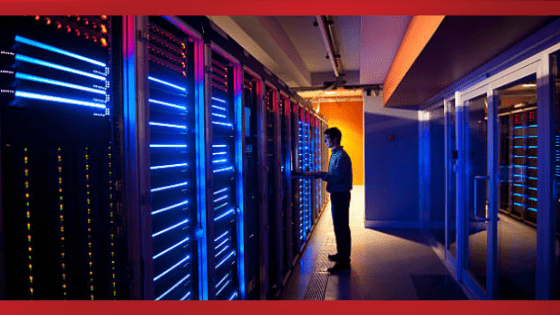
 Manage Your Business10 hours ago
Manage Your Business10 hours agoTOP 10 VoIP providers for Small Business in 2024
-
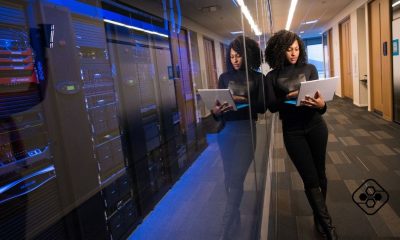
 Cyber Risk Management4 days ago
Cyber Risk Management4 days agoHow Much Does a Hosting Server Cost Per User for an App?
-
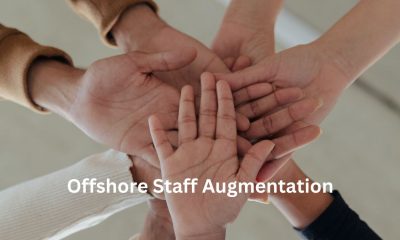
 Outsourcing Development4 days ago
Outsourcing Development4 days agoAll you need to know about Offshore Staff Augmentation
-
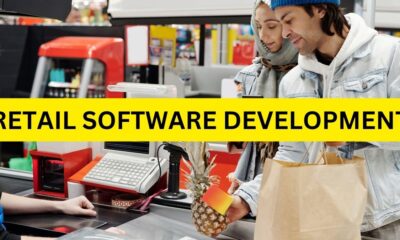
 Software Development4 days ago
Software Development4 days agoThings to consider before starting a Retail Software Development
-
Edtech10 hours ago
How to fix PII_EMAIL_788859F71F6238F53EA2 Error
-

 Grow Your Business4 days ago
Grow Your Business4 days agoThe Average Size of Home Office: A Perfect Workspace
-
Solution Review4 days ago
Top 10 Best Fake ID Websites [OnlyFake?]
-
Business Imprint4 days ago
How Gaming Technologies are Transforming the Entertainment Industry


